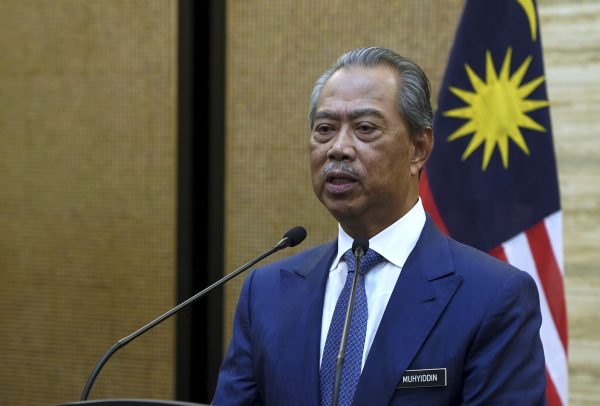Malaysia recorded its lowest annual gross domestic product (GDP) growth in over a decade at 4.3 per cent in 2019. Year-on-year growth fell to just 3.6 per cent in the fourth quarter, headlined by contractions to exports and the agriculture sector due to India’s palm oil import ban. Investment declined in every quarter in 2019 and total exports were 1.7 per cent lower than in 2018. Confidence in the services sector is at its lowest point in three years with wholesale and retail pessimism particularly stark. This is worrying given that services contribute 59 per cent to Malaysia’s GDP.
These developments predate the outbreak of COVID-19 and associated disruptions to global value chains and travel. Malaysia first imposed a travel ban on 27 January 2020, and it remains limited to three Chinese provinces and parts of South Korea. Anecdotal reports suggest that virus fears have reduced inflows into a tourism sector worth 12 per cent of Malaysia’s GDP.
Manufacturers reliant on Chinese inputs, including producers of sanitisers and disinfectants whose demands have burgeoned with the virus, face supply shortages while critical export sectors like electrical and electronics face diminished demand from Malaysia’s largest trade partner, China. COVID-19 is providing a bonanza for Malaysia’s rubber glove manufacturers but such positive stories are scarce.
The stimulus package represents a maximum injection of around 1.4 percent of GDP — less than the injection of 2.2 per cent of GDP in response to the SARS epidemic. It offers a range of incentives to bolster household consumption, business investments in human and physical capital and the implementation of major government projects. The most significant measure temporarily reduces compulsory pension contributions by 4 per cent, potentially unlocking RM10 billion (US$2.4 billion) for households to spend. This equates to almost 0.7 per cent of GDP.
Additional government spending on infrastructure maintenance, small business digitisation and automation, and employee upskilling initiatives all have short- and long-term benefits. Specific relief for sectors and frontline responders most vulnerable to the impacts of the virus are equally prudent.
These measures address longstanding reform priorities that should be happening in a less temporary and more substantive manner. Pension contributions of 23–24 per cent are excessive, infrastructure maintenance deficits are severe, human capital shortcomings are eroding competitiveness and digitisation is essential to continued development. That a crisis is needed to prompt action in these areas illustrates the troubling economic policy stagnation that has plagued Malaysia for the past decade. External factors like trade war and disease present immediate threats to the Malaysian economy, but the medium-term risks are homegrown.
Less laudable elements of the stimulus package are equally symbolic of persistent concerns. Only RM3.5 billion (US$833 million) of the RM20 billion (US$4.8 billion) in new spending and tax relief comes from government coffers. The government’s direct contribution is less than 0.25 per cent of GDP.
An eroding tax base has left little fiscal space for action, leaving Malaysia vulnerable to a larger shock. Other measures rely on mobilising government-linked companies and the central bank to extend subsidised credit and debt relief, and accelerating their investment plans. Although the availability of these mechanisms may seem convenient, it is the systemic presence of government in the economy that constrains growth and worsens the impact of political crises.
The one contemptible measure that backtracks on the principles of the elected Pakatan Harapan coalition is the ‘enhancing’ of government procurement processes. By substantially raising the minimum thresholds above which competitive tender processes are triggered, the door to wasteful spending and corruption is widened, reversing recent efforts to shut and bolt it.
Whether this mix of essential stimulus, temporary productive reform and reinforcement of policy ills would achieve its objectives in ordinary times is debatable. The critical pension measure is among several that require ministerial approvals to proceed, and a reconfigured government is under no obligation to implement the package. Even if enacted and effective in neutralising the direct economic impact of COVID-19, it does little to counteract the confidence deficit underpinned by reform stagnation and deepened by the latest political crisis.
Malaysia’s economic malaise preceded the COVID-19 outbreak and US–China trade war and will continue for as long as political interests trump economic interests. Addressing reform inertia and prioritising good economic policy is needed to treat the symptoms of underwhelming growth.
Stewart Nixon is a Research Scholar at the Crawford School of Public Policy, The Australian National University (ANU). He is currently stationed at the University of Malaya on a research visit.

